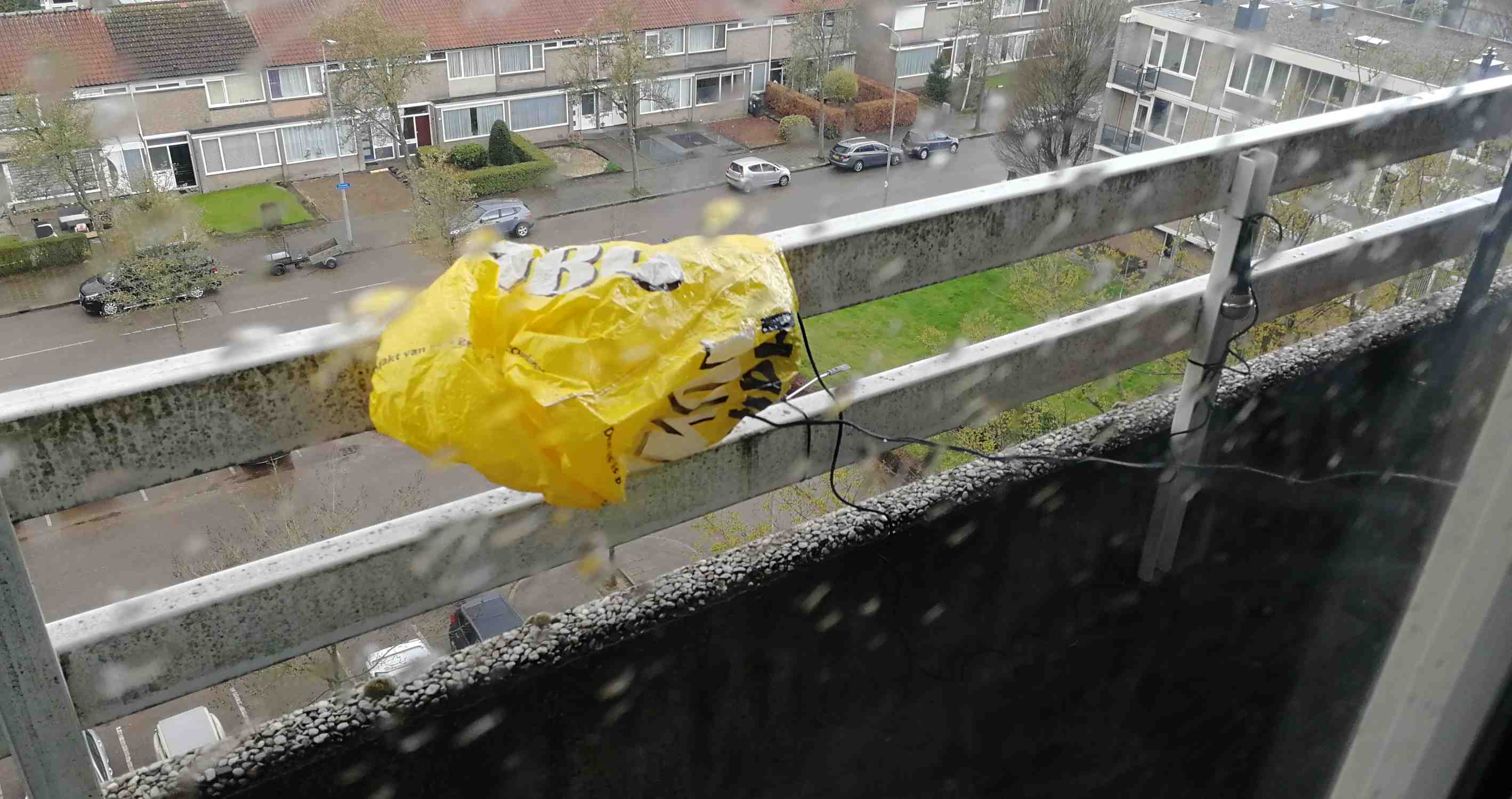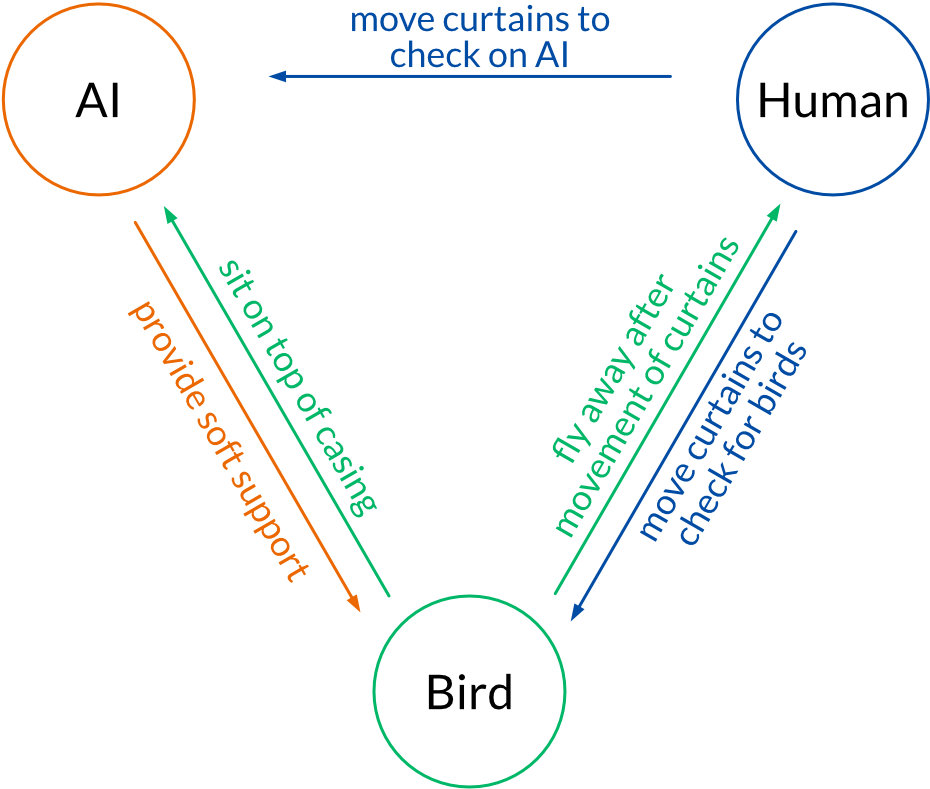

2021 | course project | Grade: 9/10
For this project, a research artefact and a video demonstrator were created based around the role of artificial intelligence in posthumanism, namely the artefact “the Bird Whisperer” and the video “Our Posthuman Future - Episode: The Bird Whisperer”. These are used to explore the interrelations between humans, birds, and the designed research artefact
The research artefact is equipped with a generative adversarial network (WaveGAN) for generating completely new bird-like sounds out of existing bird calls/chirps/songs. The research through design process revealed the challenges, limitations, and opportunities of designing for an interrelated network of equal entities (bird, human, artificial intelligent entity) and has resulted in important notions that can be used in future posthuman design projects. It highlighted the importance of observing relations and behaviour of entities without excessive judgment or humanistic interpretation, in order to give all entities equal agency in the design process. By raising awareness of these relations in a design process in a concrete way, designers can be better informed of the impact of their work, and it becomes possible to design the human world in line with coexistence with other entities through co-shaping.
The designed research artefact is an object that outputs bird songs that are generated by using the WaveGAN algorithm. The main purpose of The Bird Whisperer is to explore interrelations with the birds it is surrounded by, and possible with other entities. It furthermore explores if it could form some sort of communication with birds through generative bird sounds (e.g. generative chirps, calls, songs). Through the use of a microphone, The Bird Whisperer “listens” to decide whether an active bird is close by and reacts upon that by playing a generated bird sound. Besides, The Bird Whisperer also occasionally plays generated bird sound at random intervals.
The aesthetic of the appearance of the case was inspired by organic irregular shapes and natural materials. A dried layer of soft moss that was attached to most parts of the casing. These features were considered to be more inviting to birds as opposed to a harsh shape man-made material. Although the quality of the generated sounds has a high likelihood with the raw data (e.g. the sound from a blue tit), they sound slightly more “synthetic”, due to some choppiness, distortion and warble that appears in varying degrees in each separate sound.





⛶